 FORT LAUDERDALE — Picture a three-on-three basketball tournament. The competitors pass the ball from team member to team member and the competition attempts to block the ball and make a shot.
FORT LAUDERDALE — Picture a three-on-three basketball tournament. The competitors pass the ball from team member to team member and the competition attempts to block the ball and make a shot.
But these aren’t your average run-of-the-mill athletes. They are robots created by high school students from teams throughout Broward, Dade and Palm Beach Counties.
Affectionately referred to as the super bowl of the mind, the FIRST Robotics Competition (FRC) brings more than 2,500 teams from all over the world to compete in an annual challenge. Each team must build a remote-controlled robot out of a standard kit of parts. FIRST is an acronym of For Inspiration and Recognition of Science and Technology.
Romain Richards, a junior at Hollywood’s McArthur High School, is one of the school’s 13-member FRC team, which participated during the FIRST Robotics Competition April 3 at the Broward County Convention Center.
“I am always trying to fix everything. Technology is my thing. So when I heard about this club from my engineering teacher, I thought I could be part of something that could make history,” said Romain. “I want to go into either mechanical engineering or into the oil or gas industry. I had considered it before but this has allowed me to solidify it and push it even more.”
Michael Medina echoes that sentiment. A junior and founding member of McArthur’s FRC team, he has always been involved in robotics and was a huge fan of the Transformers cartoon as a kid. For him, learning about robotics is a life dream. He recalls his excitement about being on the initial FRC call and couldn’t wait to recruit all of his friends to participate.
“I jumped at the opportunity to join the FRC and build bigger robots. I come to high school, I take math class, and I go to engineering and build robots with my friends. This is the best experience that I could ever have in high school,” says Michael.
The FIRST program stresses the importance of collaboration. Students must learn to develop partnerships with corporations; recruit mentors and volunteers; work as a team; and learn how to raise funds. One of the goals of the competition is to create a realistic business-like environment and develop a robot, which is designed and built to perform the specific tasks associated with that year’s competition in only six weeks. Students must learn to reach out to their peers and secure resources from community members, organizations and companies.
Studies show that participants in FIRST are more likely to attend college; twice as likely to major in science and engineering; and more than twice as likely to expect to have a science or technology-related career after college.
FIRST teams rely heavily on their partners for mentors and technical and financial support. which is where sponsors like Florida Power & Light (FPL) come in.
FPL is a supporter of the South Florida FIRST Robotics Competition as part of its commitment to STEM education. The company provides financial support and technical knowledge and expertise to McArthur’s and other regional teams during the six-week robot design and building process. In addition, FPL’s machinists and welders, all members of the International Brotherhood of Electrical Workers, were on-hand to support the students in getting their robots repaired and functioning on competition day.
Maureen Wilt, education program manager for FPL, said FIRST is not just about building a robot. In addition to using their math, science and engineering skills, students learn to be creative and use critical thinking and problem solving skills.
“Our workforce is aging very rapidly and as they retire we need people to replace them. And it’s the skills that these young people are learning that will benefit FPL and companies like ours,” says Wilt. “For us it’s great to do something that is so connected to the future workforce. I’ll say my job is done if just one of these kids comes to work for us someday.”
FPL also encourages its employees to participate in STEM programs as mentors. Andrew Arana, senior engineer, transmission services, is one of those employees.
“In both my doctoral and undergraduate programs, I can remember being one of a few or the only person of color in my entire program,” says Arana. “Sometimes, just my presence in the schools or at these events means a lot to the students because they see someone that looks like them and they realize that it can be done.”
Eleventh grader Michael sums up his feelings about the importance of programs like FIRST and the need for his fellow students to celebrate academic achievement.
“A lot of people focus on athletics but this is more of a realistic dream. I sit down and design robots and a lot of kids blow it over. They think robotics, sci-fi or fantasy, whatever. But becoming a member of FRC makes our dreams come true.”
McArthur’s team made it to the semi-finals, placing sixth out of 47 teams.

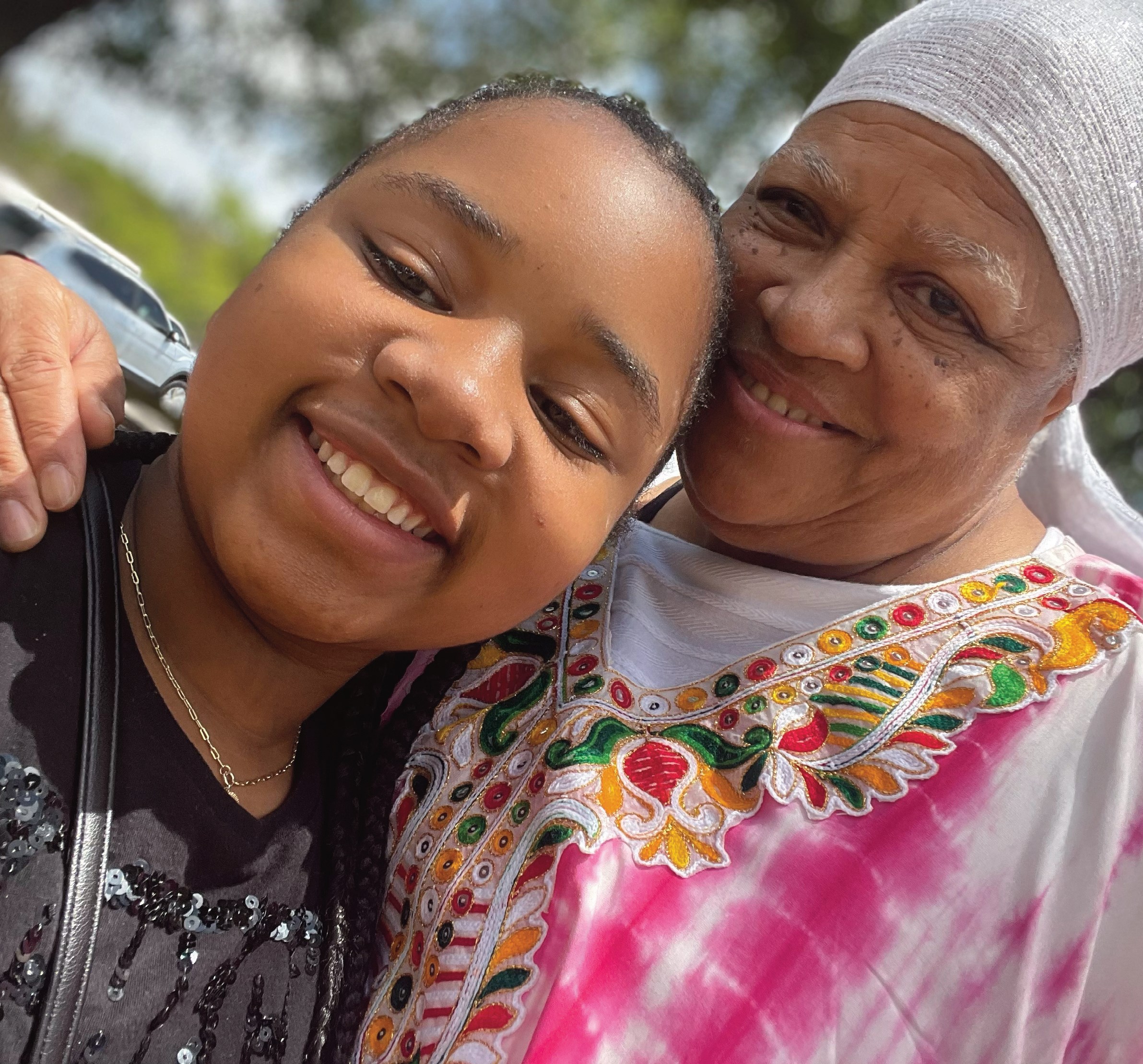
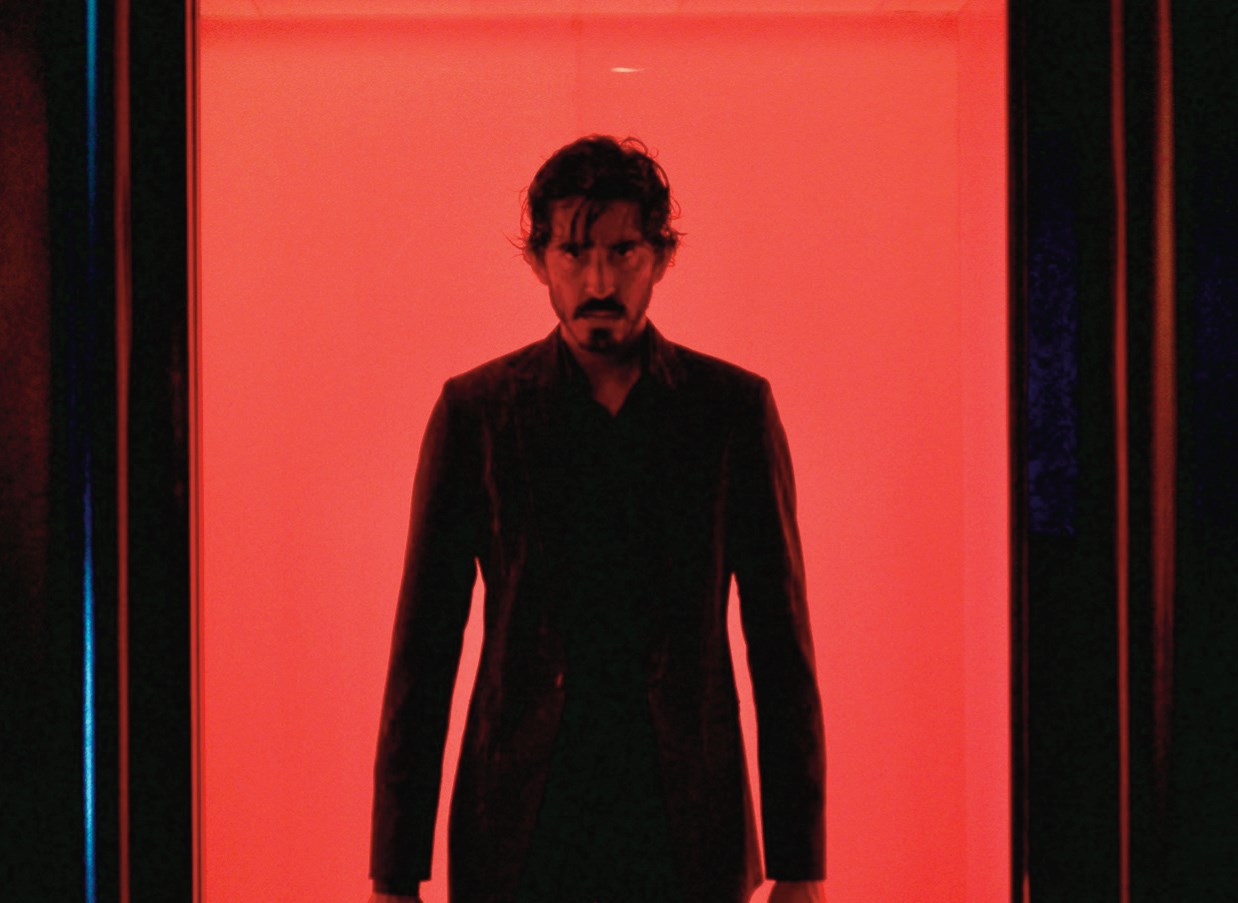
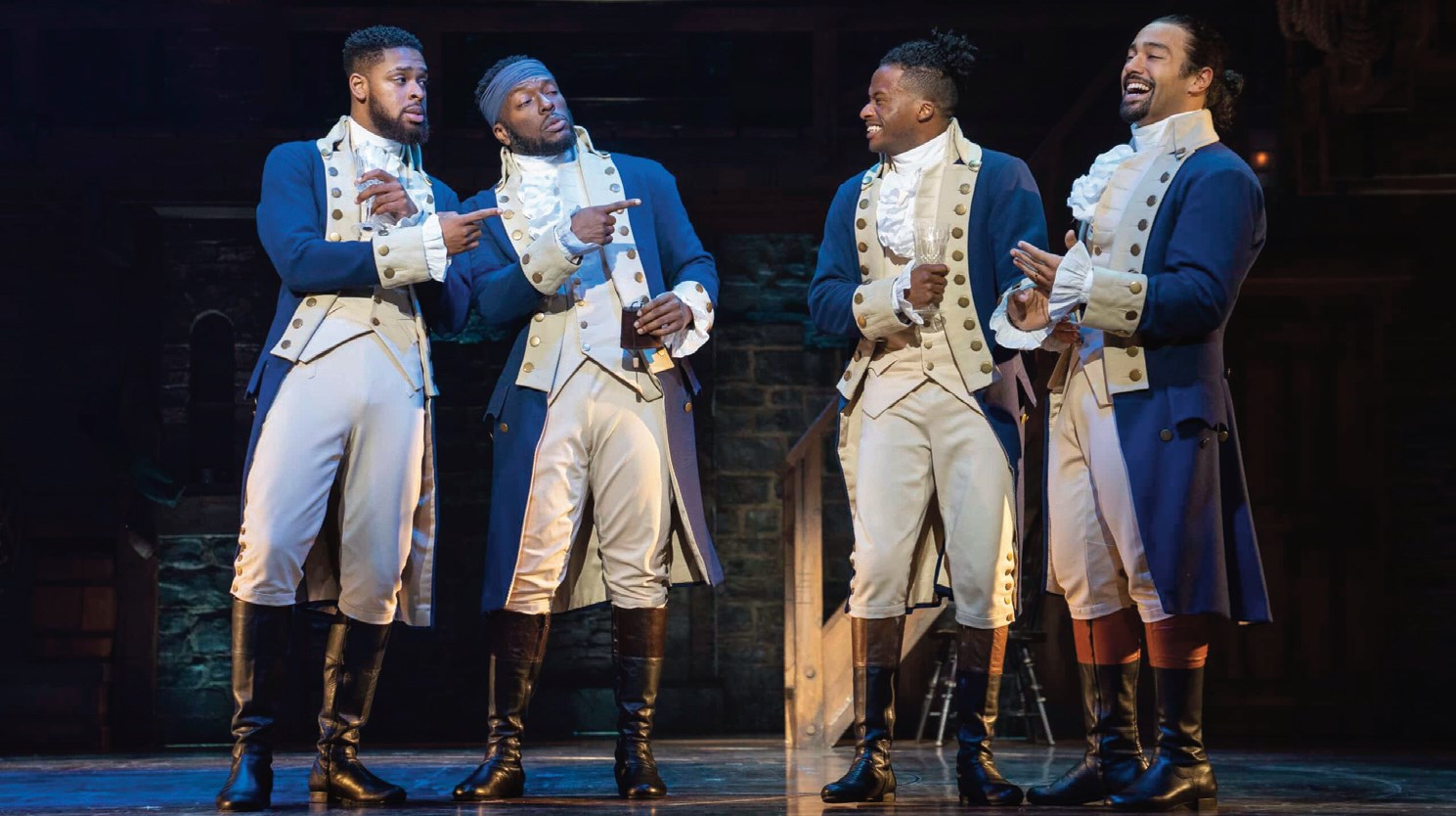
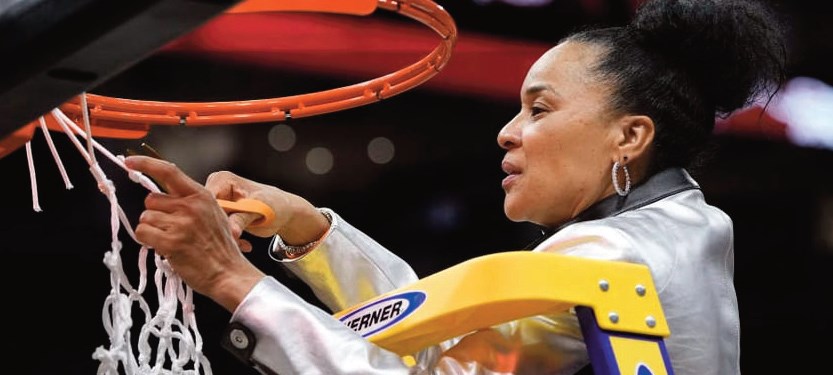
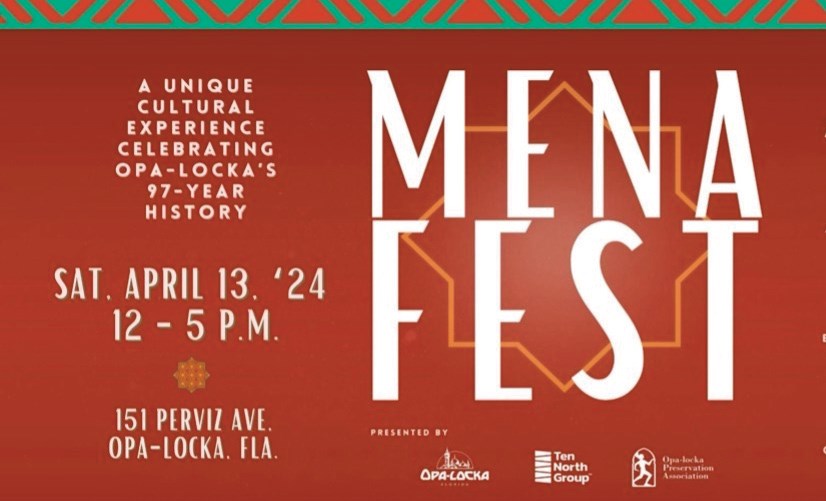
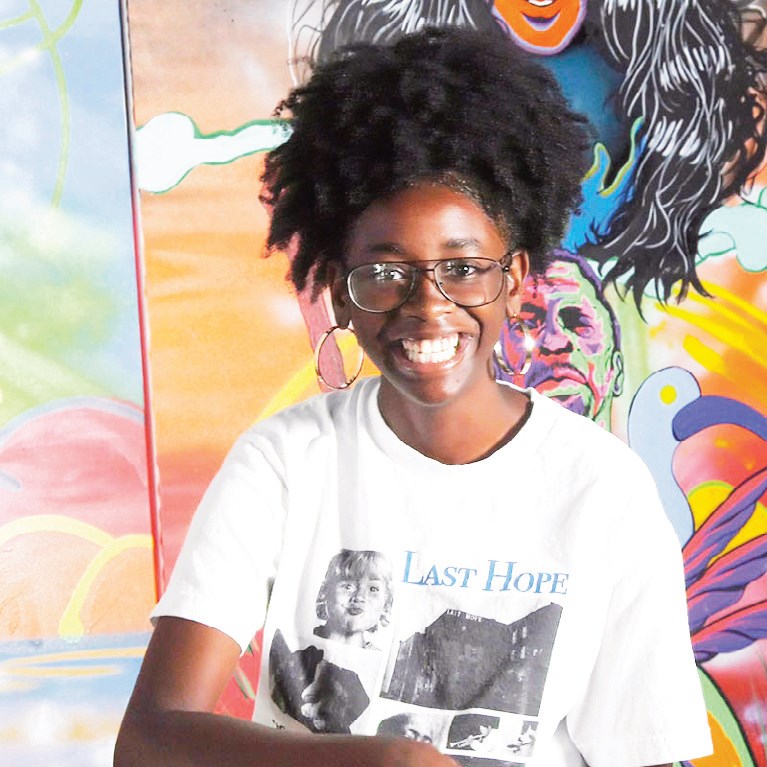
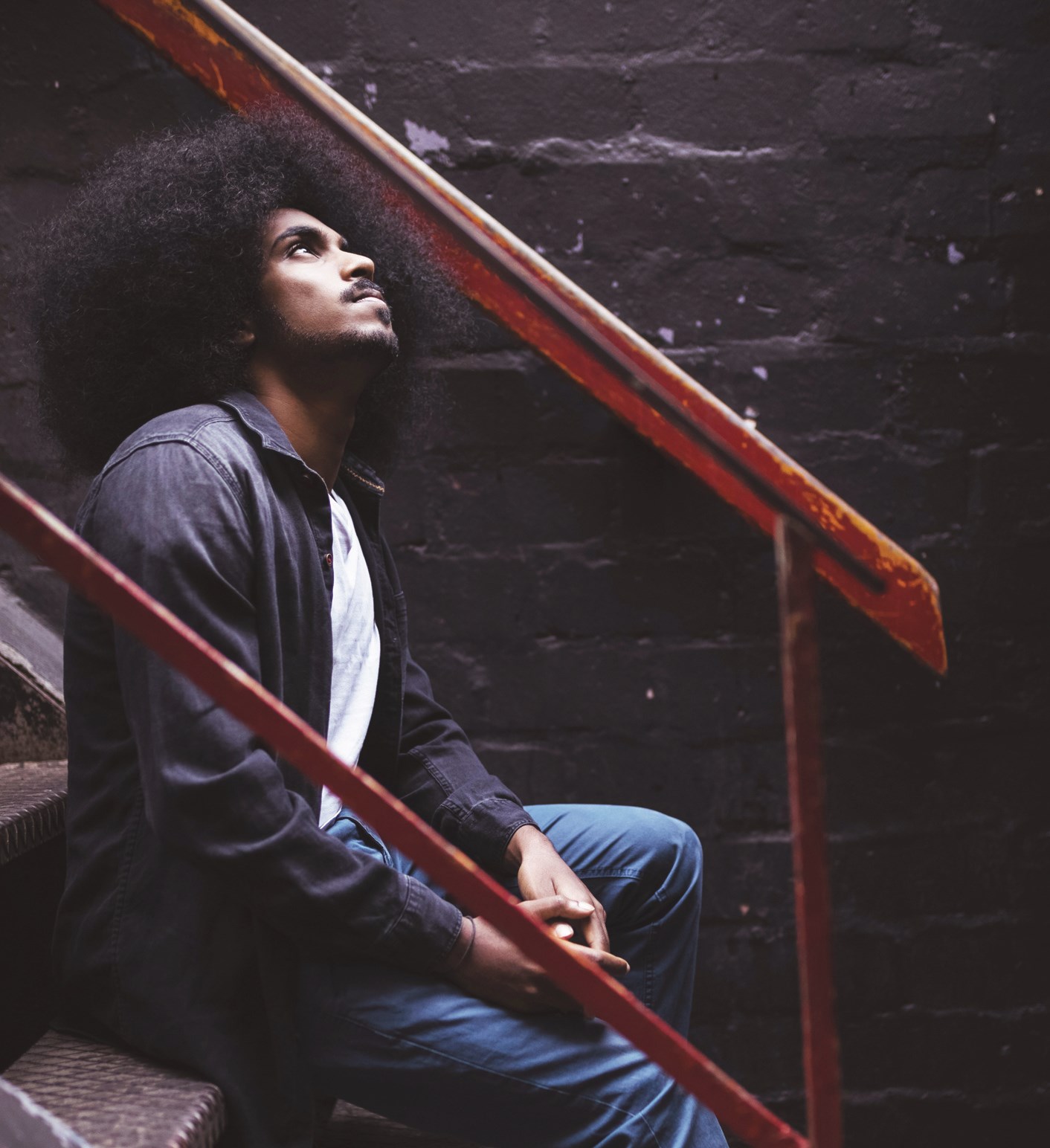
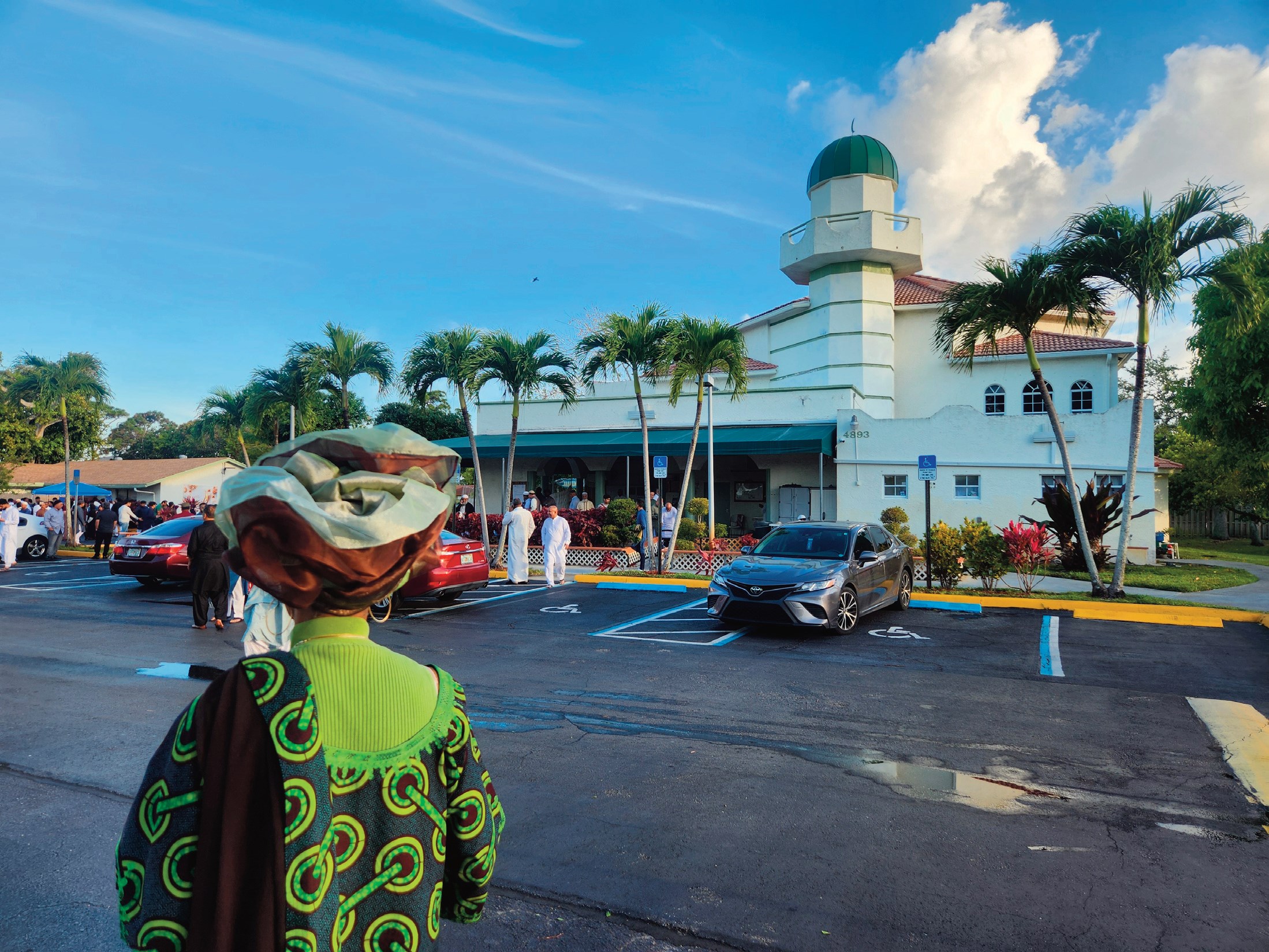



No Comment